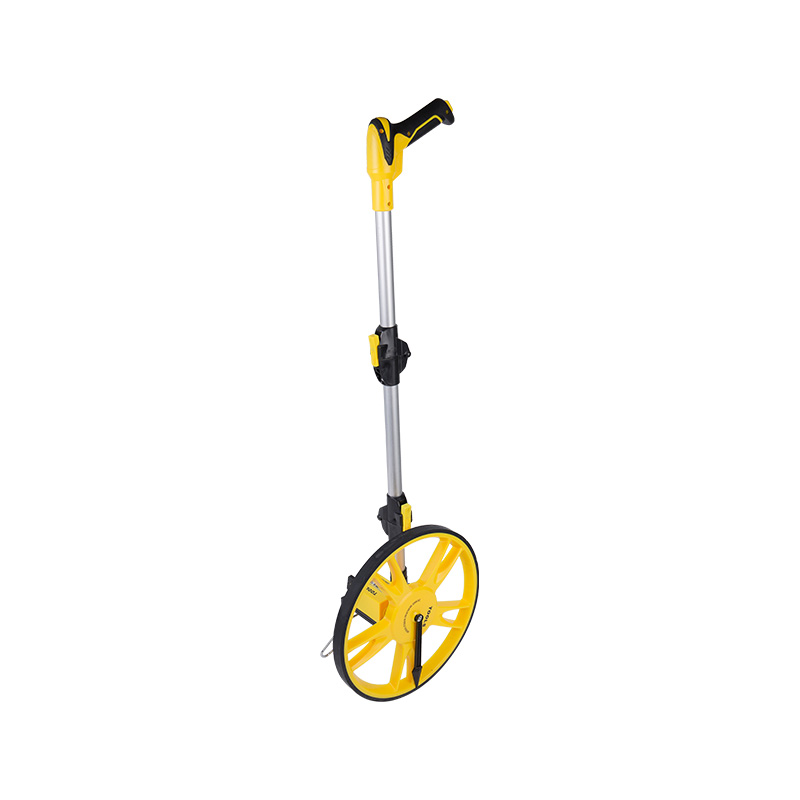Maintaining the accuracy and reliability of measuring wheels, especially with frequent use, requires careful attention to several key factors:
Regular Calibration: Conducting periodic calibration checks is crucial for maintaining the precision of your measuring wheel. For example, if the measuring wheel is frequently used in rugged conditions or for critical measurements, consider calibrating it more often. Document each calibration session meticulously, noting any adjustments made and the resulting accuracy levels. Regular calibration ensures that the measuring wheel remains a dependable tool, providing accurate measurements and supporting project integrity.
Keep Clean: Ensuring the cleanliness of your measuring wheel after each use is essential for its longevity and accuracy. Develop a routine cleaning process that includes using soft brushes or compressed air to remove loose dirt and debris. For more stubborn grime, use mild detergents and a damp cloth, taking care to avoid any corrosive chemicals that might damage the wheel’s surface. Pay special attention to the wheel's tread and axle area, where dirt accumulation is likely. Consistently clean equipment not only performs better but also has an extended lifespan, reducing the need for frequent replacements.
Inspect for Damage: Regular inspections are critical for identifying potential issues before they bring about measurement inaccuracies or equipment failure. Implement a checklist-based inspection protocol, focusing on key components such as the wheel, axle, and counter mechanism. Look for signs of wear such as cracks, bends, or worn-out tread. Check the stability and alignment of the wheel to ensure it rotates smoothly without wobbling. Document any findings and address them promptly, whether it involves simple adjustments or part replacements. Proactive inspections help maintain the operational integrity and accuracy of the measuring wheel.
Check Wheel Condition: Evaluating the physical condition of the measuring wheel is vital for ensuring accurate measurements. Assess the wheel for any deformities or irregularities that could affect its rolling action. Pay particular attention to the wheel’s surface, ensuring it is free from flat spots or excessive wear that might impede smooth operation. Consider using a gauge or template to measure wheel roundness and detect any deviations. Replace the wheel if it shows significant wear or damage, as even minor imperfections can bring about cumulative measurement errors over long distances.
Lubrication: Proper lubrication of the measuring wheel’s moving parts is essential to minimize friction and wear. Refer to the manufacturer’s guidelines to identify suitable lubricants and recommended application intervals. Apply lubricant to the wheel’s axle and bearings, ensuring even distribution for smooth rotation. Avoid over-lubrication, which can attract dirt and cause clogging. Regular lubrication not only enhances the wheel’s performance but also extends the lifespan of its components, maintaining the accuracy and reliability of the measuring tool.
Store Properly: Appropriate storage conditions are critical to preserving the measuring wheel’s accuracy and longevity. Store the wheel in a clean, dry environment to protect it from moisture, dust, and temperature extremes, which can degrade materials and affect performance. Use protective covers or dedicated storage cases to shield the wheel from physical damage and contamination. Ensure the storage area is organized and free from heavy items that could fall and damage the wheel. Proper storage practices help maintain the measuring wheel’s condition, ensuring it remains ready for accurate use.




 English
English Español
Español
















